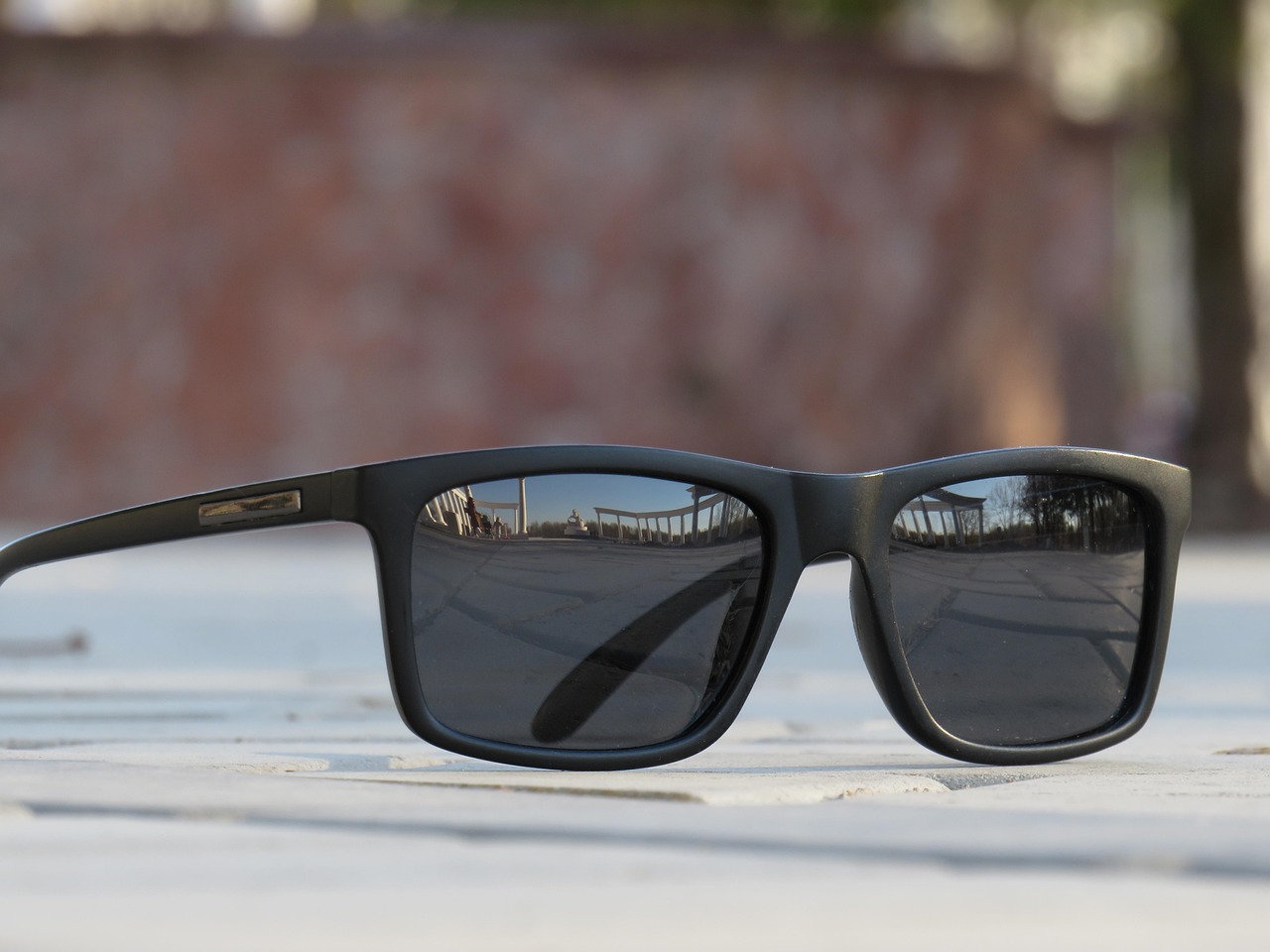Sunglasses are one of the few accessories that blend fashion with health benefits, but not all pairs deliver what they promise. While a sleek frame or dark lens may look impressive, these aesthetic details can easily disguise poor optical quality and insufficient UV protection. The result is eyewear that may look stylish but leaves your eyes exposed to real, long-term harm. Understanding the most common mistakes people make when buying sunglasses can help you avoid being misled by looks alone.
One of the biggest misconceptions is that darker lenses automatically mean better protection. In reality, lens darkness only affects how much visible light enters your eyes — it doesn’t indicate UV filtering capability. Without proper UV protection, dark lenses can actually worsen the problem. Because they reduce brightness, your pupils naturally dilate, allowing even more ultraviolet light to enter. Over time, this can lead to cataracts, macular degeneration, or other eye conditions associated with UV exposure. Always check for a UV400 label, which ensures that the lenses block 100% of UVA and UVB rays. Anything less, regardless of how fashionable the sunglasses look, won’t provide adequate defence.
Another common pitfall is assuming that all polarised sunglasses are protective. Polarisation helps reduce glare by filtering out horizontal light waves from reflective surfaces such as water or roads. This feature improves comfort and visibility but doesn’t guarantee UV protection. Some inexpensive polarised models prioritise glare reduction while skipping proper UV coatings altogether. The best sunglasses combine both features — polarisation for comfort and UV400 protection for safety.
Fit and coverage are also often overlooked in favour of appearance. Sunglasses that are too small or poorly shaped can leave gaps at the sides or above the eyes, allowing sunlight to reach sensitive areas of the skin and cornea. Oversized or wraparound frames provide better coverage, particularly for people who spend extended time outdoors. A proper fit also prevents discomfort that might tempt you to take the sunglasses off, which defeats their purpose.
Build quality is another factor that separates effective sunglasses from mere fashion pieces. Cheap frames can warp or crack under heat, while low-grade lenses may distort vision or lose their protective coating over time. Scratched or uneven lenses can cause eye strain, making them counterproductive for daily use. Opting for high-quality materials ensures that your sunglasses maintain both their comfort and protective function for years.
Faded Days Sunglasses serve as an example of how design and protection can coexist. Each pair combines stylish frames with UV400-rated lenses, giving wearers confidence that their eyes are shielded from invisible damage without sacrificing comfort or appearance. It’s a reminder that genuine quality lies in what you can’t see — the invisible filter that keeps your vision safe from harmful radiation.
Lastly, it’s important to remember that UV risk doesn’t disappear when the sun hides behind clouds. Even on overcast days, up to eighty percent of UV rays can penetrate cloud cover. Reflected light from water, sand, or snow can further intensify exposure. Sunglasses should therefore be viewed as an everyday essential, not a seasonal accessory. The right pair can protect you year-round — from the height of summer to the dim light of winter mornings.
Choosing sunglasses is about more than following trends. It’s about understanding what truly safeguards your vision. By avoiding the traps of dark-but-unprotected lenses, low-quality frames, and poor fit, you can ensure that your sunglasses not only enhance your style but also serve their primary purpose: keeping your eyes healthy and protected for life.
